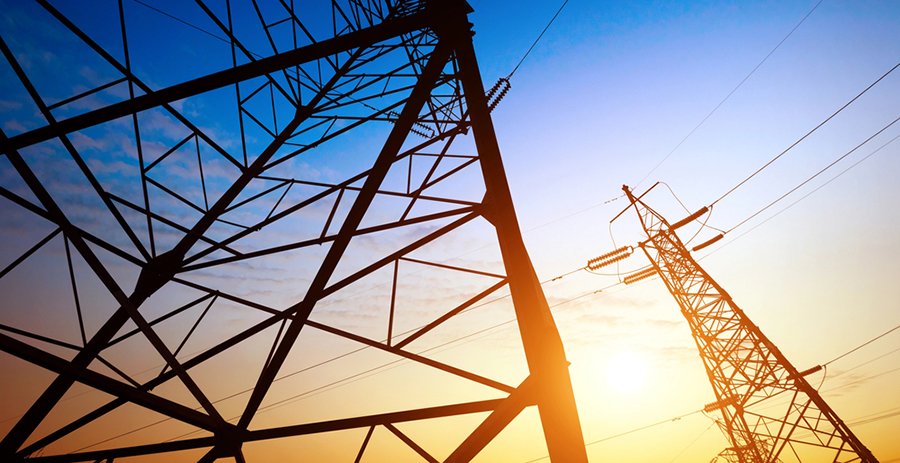Business
Brace Yourself: Power Bills Set to Skyrocket!

The U.S. economy faces a significant challenge as electricity grid operators and utility companies predict imminent power shortfalls. Current energy policies are exacerbating an already precarious situation.
Recent developments in battery and semiconductor manufacturing, the reshoring of supply chains, and the increasing prevalence of electric vehicles have contributed to a surge in power demand. The rise of artificial intelligence and the associated expansion of large data centers—which have energy needs comparable to small cities—are reshaping the demand landscape.
In Virginia, where data centers are proliferating, Dominion Power anticipates an 85% increase in electricity demand over the next 15 years. Similarly, PG&E in California projects a 70% rise, while New York’s grid operator estimates demand could soar by as much as 90% over the next two decades. To accommodate this growth, New York will need to more than triple its current generating capacity.
These trends are not confined to specific states; the U.S. Department of Energy forecasts that national electricity demand could double by 2050. Addressing this kind of increase poses a daunting challenge. However, a simultaneous effort to dismantle existing power structures complicates the situation further.
The U.S. Environmental Protection Agency (EPA) continues to advance initiatives that could effectively eliminate coal power plants by 2032 and hinder the construction of new natural gas facilities. Proposed regulations targeting existing natural gas power plants further threaten grid reliability at a time when utilities are indicating an urgent need for stable energy sources.
Experts warn that the risk of blackouts during grid emergencies may escalate significantly by the end of this decade. Meanwhile, consumers are already experiencing rising electricity prices. Despite a general trend of declining inflation, electricity inflation is on the rise. According to Bank of America, the year-over-year inflation rate for U.S. electricity prices surged to 5.9% in May, up from 3.8% in January.
Capacity payments in the PJM power market, which serves 65 million people from Virginia to New Jersey and Ohio, have surged by 800%. This indicates a market struggling to meet demand, likely leading to significant increases in consumer electricity bills.
In California, where renewable energy initiatives are championed, electricity costs have risen by 82% over the past decade. Reports indicate that power bills in some areas now exceed rent prices, placing a heavy burden on those with fixed incomes. Many retirees in mobile homes find themselves spending half of their Social Security checks on their electricity bills.
The situation in California raises concerns about the potential future of electricity costs across the nation. If this is the trajectory of the U.S. energy transition, a reevaluation of strategy is necessary.
Americans are entitled to affordable and reliable power, yet current trends indicate a different reality. The next presidential administration will confront an electricity crisis, faced with a choice between continuing ineffective policies or exploring new energy strategies that incorporate the insights of utilities and grid operators. This decision is critical for the nation’s energy future.
Matthew Kandrach is the president of Consumer Action for a Strong Economy, a free-market advocacy organization.


















